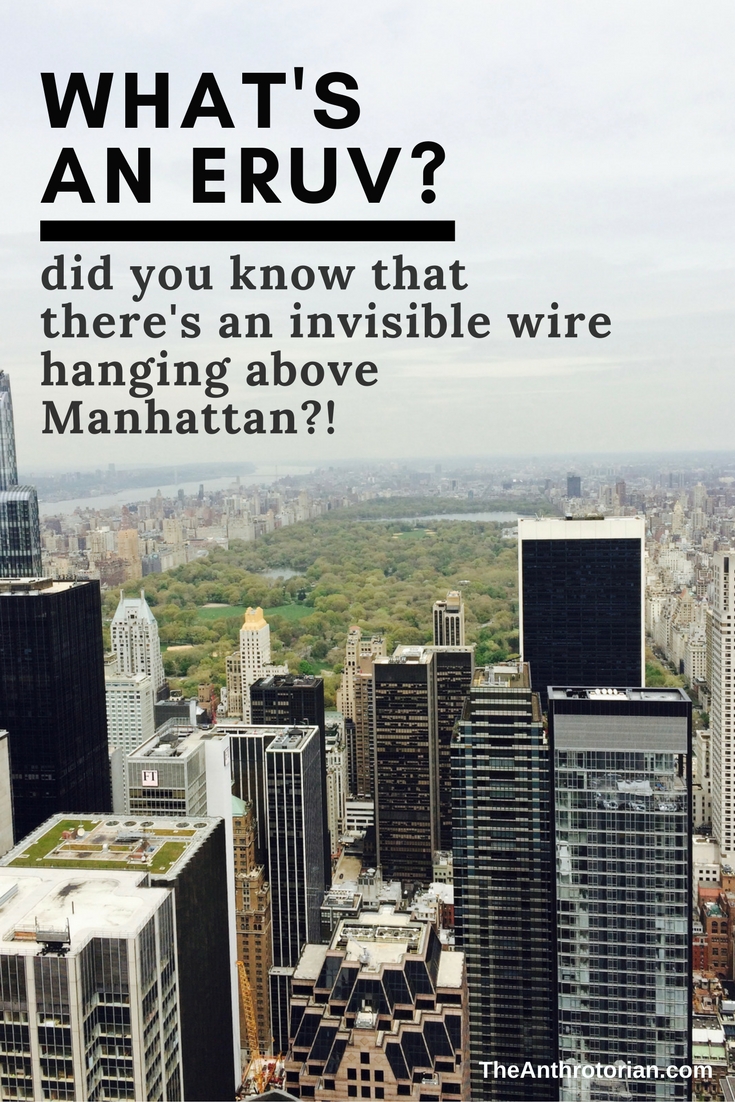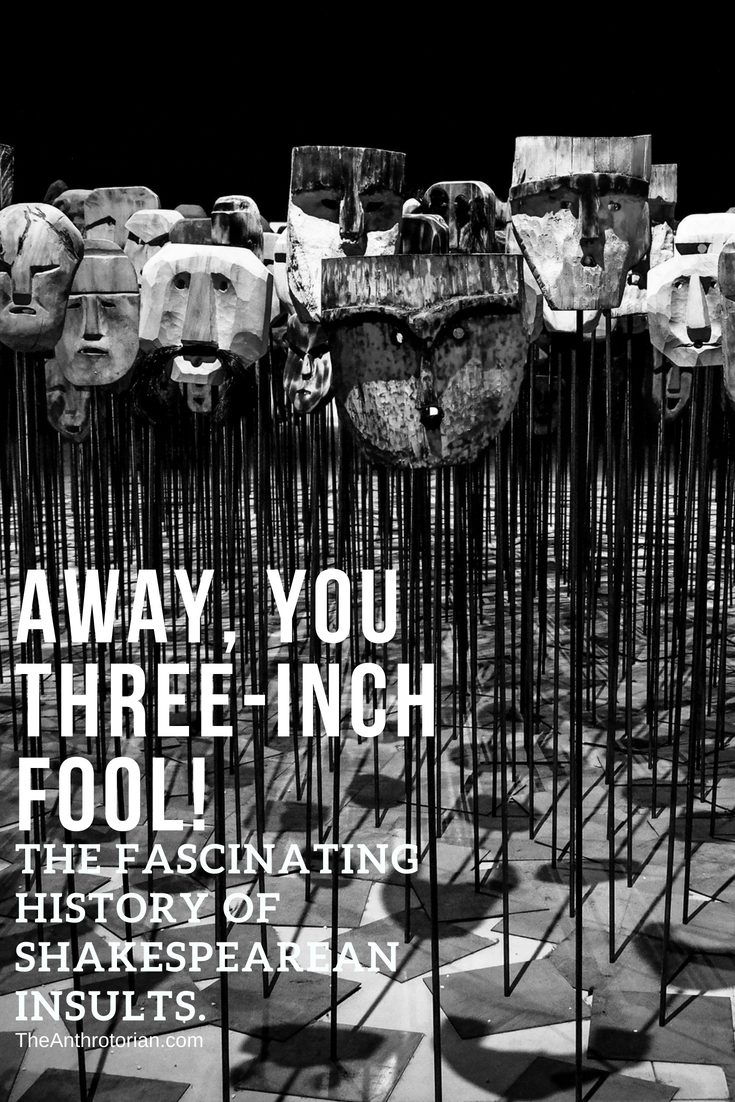The market was a tempting, chaotic maze of hanging lanterns, silk robes, and kitschy Mao paraphernalia. Glimpses of blue sky were visible through gaps between colorful tarps stretched over my head, as I wove through the crowd that was browsing the over-stuffed stalls.
It was taking all of my willpower to stop myself from pausing to get a closer look, but shopping could come later. I had a destination to get to.
The enormous wooden door was only part way open when I finally arrived at the entrance of the Great Mosque. The doorway was protected by a blue tarp, tied overhead, that was shared with a stall selling small copies of religious texts and colorful silk pencil cases.
I handed 12 yuan (approximately $2) to a bored looking woman sitting on a wooden stool (the Mosque is free for Muslims to enter) and stepped through the half-open door into an unexpectedly magical place.
The Great Mosque in Xi’an is one of the largest mosques in China and, from the outside, is disguised to look like a typical Chinese temple.
Other than four palm trees located just inside the entrance, the gardens leading to the temple are decorated with rocks and archways that look typically Chinese. Even the enormous, turquoise roofed prayer hall, located deep inside the complex (and not open to visitors), is designed to look like a large pagoda from the outside, hiding its telltale dome.
The mosque is said to have been founded sometime in the 8th century, and I assume its survival can, in large part, be attributed to this clever disguise.
High, thick stone walls shut out the craziness of the market that I had left behind and I took a deep breath as I started to walk through the garden — it had been too long since I had heard birds and smelled fresh air.
There were very few people in the large complex and none of them looked like tourists.
It struck me all of a sudden that my status as an "outsider" might be a problem, but none of the men dressed in black robes and white caps seemed to care about my presence.
This left me free to wander in and out of pagodas, small rooms with latticed doors and under blue tiled archways in quiet seclusion.
Without warning, my solitude was broken suddenly by chanting being broadcasted loudly through a hidden speaker. Curiosity drew me towards the source of the hypnotic sound, and I soon found myself at the entrance of the Great Mosque itself.
A row of square doorways across the front of it — with shoes neatly lined up outside — were open to the garden.
I didn’t dare get too close but peeking into one of the dark doors from a distance, I could see a cavernous room filled with men kneeling on an elaborately tiled floor. Their white-capped heads were lowered towards a figure, who had his back to me, at the far end of the room. I sat beside one of the doors, alone and out of sight, to listen to the chanting echoing inside the hidden dome.
Not wanting to get in the way I left the mosque before the chanting stopped.
I meandered back under the blue archways, past the four palm trees and finally, with one last deep breath of fresh air, stepped through the half-open door and back into the chaos of China.
Planning your visit
Open: Daily 8:00 am to 7:00 pm
Admission: March to November: CNY 25 (Approx. $4) December to February: CNY 15 (Approx. $2.50)
* Muslims can enter for free




































